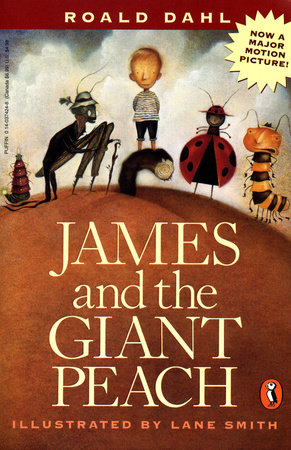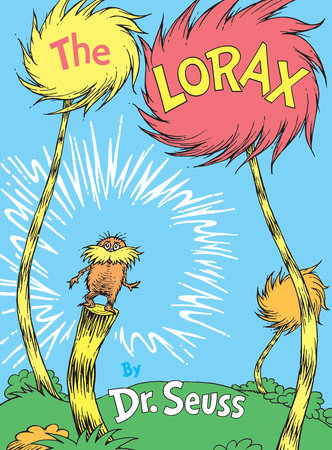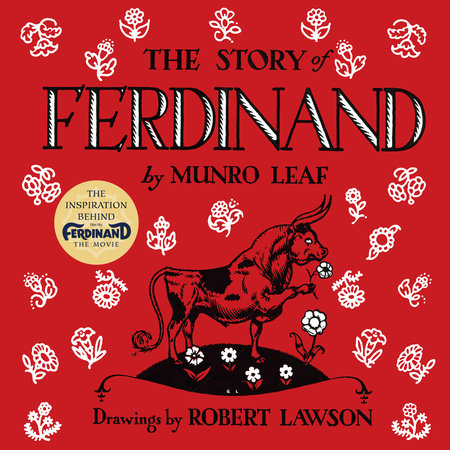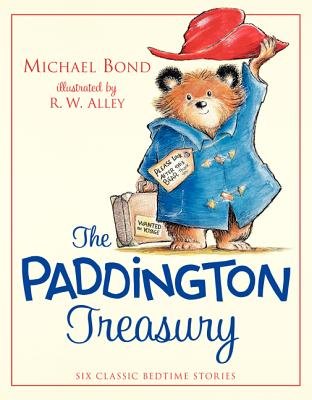How Movies Can Help Young Children Enjoy Classic Books
by Lindsay Barrett
Parents aim to provide their kids with the most enriching experiences possible, which often includes finding alternatives to screen time. What if the occasional well-placed movie viewing could benefit your kids’ reading lives, though? When it comes to classic books, enjoying their movie versions has some specific pluses.
As a family, we aren’t big movie watchers, and when a book I love is made into a movie, I rarely want to see it. However, after my four and six-year-olds saw “Paddington 2” with their grandparents, the flurry of enthusiastic requests to read the classic stories from The Paddington Treasury by Michael Bond was an unexpected benefit. In the spirit of that success, here are some ways that seeing a film version of a book (even — gasp! — seeing the movie first) could be beneficial for young children:
Movies can introduce young kids to characters and situations.
Adults have a lifetime of experiences to draw upon to help make sense of what they read, but certain aspects of classic books might be unfamiliar to today’s kids. When we picked up The Paddington Treasury, I’d forgotten about the antique shop owner, Mr. Gruber, but at his first mention, my son said, “Oh, he was in the movie! He has a store with old stuff near Paddington’s house and he’s his friend.” Mystery solved. My children also didn’t have any knowledge of what a live-in housekeeper was (as much as I wish they did), but a quick conversation remembering Mrs. Bird from the movie was enough to get us all on the same page about her role as well.
Movies can call kids’ attention to details in books.
Some movies stay close to their book-inspired storylines, while others include new plot twists. Either way, making comparisons encourages children to attend to details, an important comprehension skill. During the first of our Paddington read-aloud sessions, my preschooler exuberantly exclaimed, “Hey! Paddington ate a lot of marmalade in the movie, too!” while my Kindergartener was able to make more specific observations, like, “He lived in London in the movie, too, but he didn’t go out to buy a gardening book; he wanted a different book.”
Movie experience can help kids visualize as they listen to books.
A major part of reading for meaning — and the reason many avid readers love books — is the act of bringing the words on the page to life. When children practice this skill in school, teachers might call it, “making a movie in your head, ” and it makes sense that sometimes, an actual movie can help. When my son’s Kindergarten teacher read aloud Charlotte’s Web by E.B. White, his experience seeing the movie version helped him visualize Charlotte’s impressive lexical web construction — after all, imagining words in a spider’s web when you can’t read yet is hard! Of course, eventually, I want my kids to visualize what happens in time-honored books all on their own, but I’m okay with movies occasionally serving as training wheels for now. We may try the same “movie first” approach with Roald Dahl’s James and the Giant Peach and Charlie and the Chocolate Factory (though I have a soft spot for the tamer 1971 movie version). Both titles have amazing scenes to spark children’s imaginations, but the literary language was hard for my little ones when we attempted reading them aloud previously.
Movies can help kids process grown-up themes.
Children’s books have their share of complex themes. My son more confidently managed the tear-jerking circle-of-life aspects of Charlotte’s Web because he’d already had the chance to mull over them when he watched the movie. Being freed from worrying that Wilbur would die definitely helped him enjoy the listening journey. I haven’t had much success helping my kids appreciate the conservation themes of Dr. Seuss’s The Lorax, but perhaps a glimpse at the film version could give similar support.
Movies can build interest and engagement.
Today’s flashy book covers can make the more muted presentation of classic stories less attractive to today’s kids. When a classmate raved about the “Peter Rabbit” movie, though, my son eagerly dug out Beatrix Potter’s The Tale of Peter Rabbit. (This literary mama appreciated the fact that it was the mere mention of a movie that sparked this enthusiasm, not even an actual viewing!) I love Munro Leaf and Robert Lawson’s The Story of Ferdinand but the black and white illustrations have never drawn my kids in. I wonder if dropping a hint about the “Ferdinand” movie would sweeten the deal?
Will you try pairing classic books with movie versions to help your kids appreciate great literary works, or will you stick with the old-fashioned approach? Share your thoughts in the comments!
-
Books Mentioned in This Article:
-
James and the Giant Peach
Also available from:The Tale of Peter Rabbit
Also available from:The Story of Ferdinand
Also available from:





